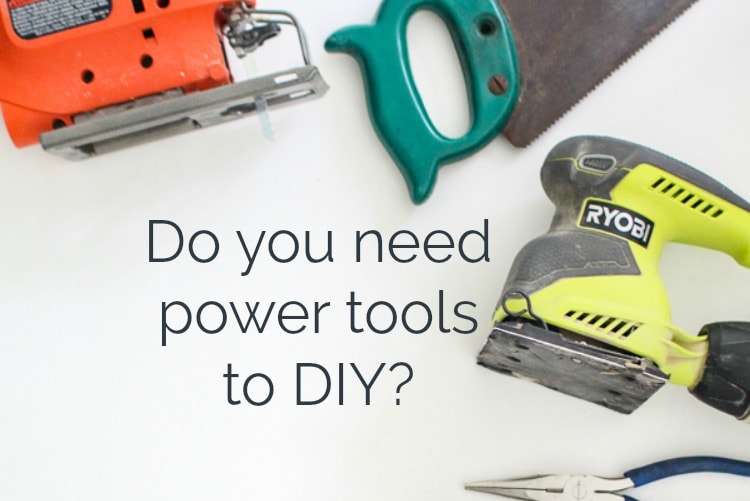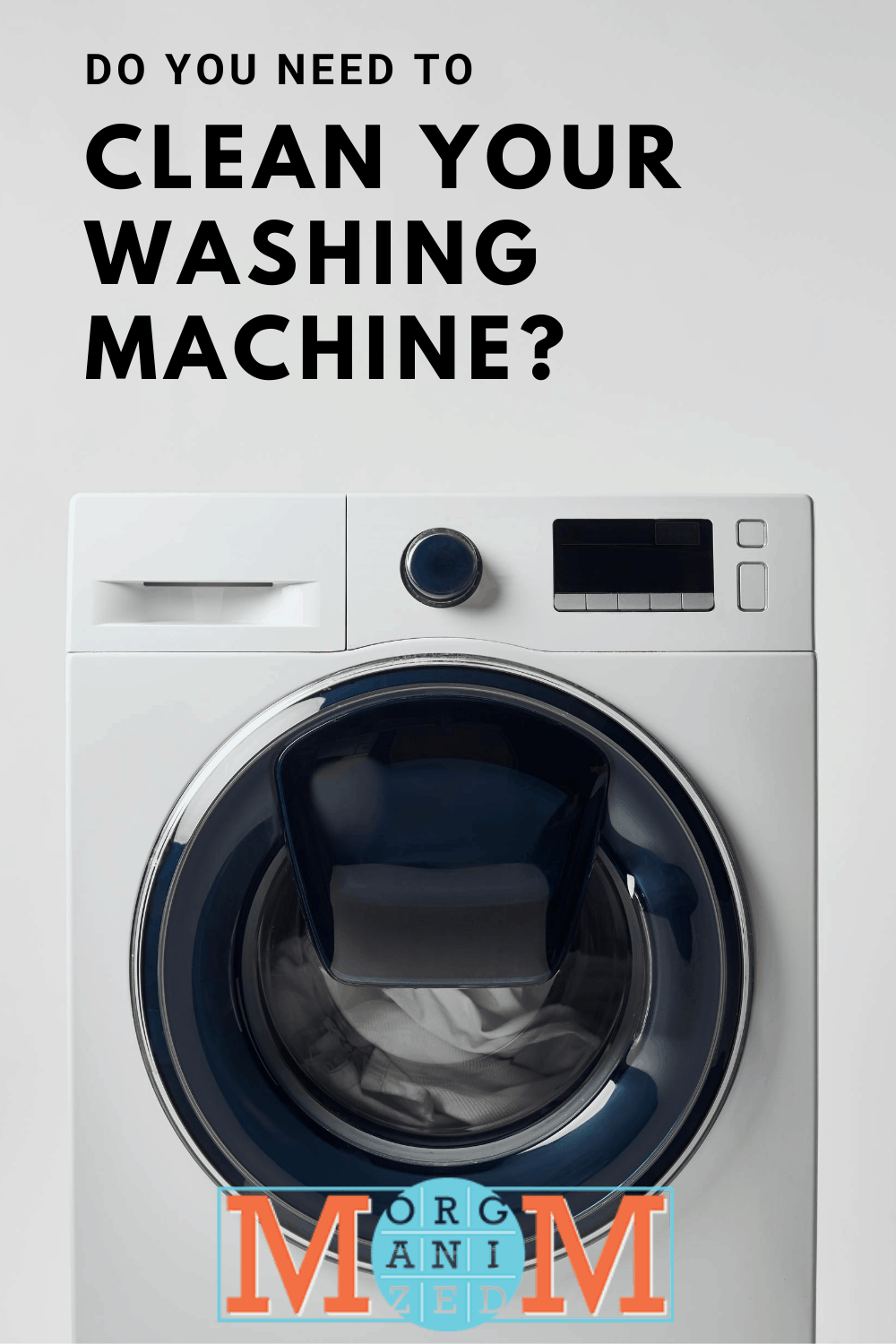

If you want to purchase electrical appliances in Japan to utilize outside of Japan, it is advisable to search for devices created specifically for international travelers. Most North American devices will operate smoothly in Japan without using an adapter and vice versa, nevertheless, other devices, particularly those that require heat (such as hair dryers), may not function effectively or may sustain damage. You will require a travel adapter in Japan if your devices use a three-pin plug. Older hotels and houses frequently use non-polarized two-pin outlets.

This indicates that Japanese plugs can likely operate in the US, though, the US plugs may not be compatible with Japanese power sockets.Įlectrical outlets type A with two-pin ungrounded are the most widely used in Japan. In comparison to Japanese plugs, one of the 2-pins on US plugs is bigger. (Source: Internet)ĭespite the fact that both the United States and Japan utilize type A and type B plugs and outlets, they are not exactly the same. The compatible plug types for Japan are both types A and B. The majority of small electronics can handle both frequencies, but to make sure, please read the charger’s or the appliance’s small print. On the other hand, Western Japan, such as Osaka and Kyoto, operates at 60Hz. Eastern Japan, which includes Tokyo and Yokohama, utilizes a frequency of 50Hz. Please be aware that electrical plug adapters do not change voltages they only convert plug types. If the adapter is printed 100-240V 50/60Hz, it has been designed to function with any voltage in the world. The voltages that your item may operate with are displayed in a small print on the power adapter or the device. To find out if your device is compatible with this frequency or not, read the appliance’s small print. Be careful whilst plugging in your gadgets if this frequency is different from the frequency found in your country. In Japan, frequencies of 50Hz and 60Hz are standard. Use a converter if you want to avoid any risks. This does not imply that your appliances are damaged rather, it just means that they cannot function properly at a lower voltage. The devices may not function to their fullest capacity if the voltage is incompatible, especially with electronics that have hot parts, including curling irons, hair dryers and similar items. It’s said that using your electronics in Japan without a converter is a risky decision. If the standard voltage in your nation is between 220 and 240 volts (it’s commonly found in Europe, Asia, Australia, and Africa), you may need a voltage converter in Japan. If the typical voltage in your home country ranges from 110 to 127V (which is the case in the United States, Canada, and the majority of South American countries), you can use your electrical devices in Japan. In Japan, all electrical outlets offer a standard voltage of 100V as well as a frequency of 50Hz and 60Hz. Electrical Adapters: Outlet, Plug, Power, Terminal, Travel Type Electrical Adapter


 0 kommentar(er)
0 kommentar(er)
